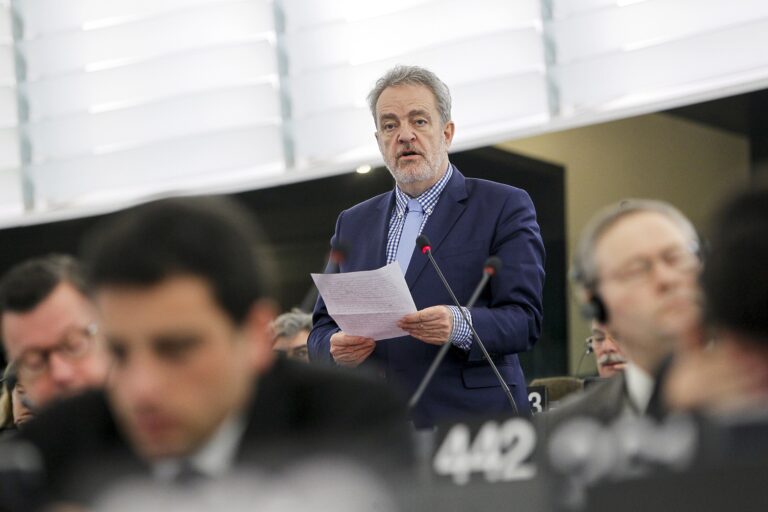The ever-growing public debt poses risks of a new crisis
October 23 2024, 16:00
IMF predicts global public debt will exceed $100 trillion by the end of this year, equivalent to 93% of GDP. Gross debt will reach 100% of world GDP by the end of the decade, IMF said in its Fiscal Monitor. What is interesting is that, according to IMF estimates, there are countries that have resolved the problem of public debt, but those where the problem has not been resolved own 2/3 of global GDP, and these countries account for more than half of the world’s public debt.
Assessing the current situation, IMF says:
– Expectations are risky: the experience of countries has shown that a high level of commitments can cause an adverse market reaction and limit the possibilities of budgetary maneuvers in the event of a deterioration of the situation.
– Governments should carefully approach their financial management strategies to reduce the negative impact on the global economy.
It is also said that countries with a high risk of debt crisis, that is, part of the largest economies, and countries that have lost market access, that is, poor countries, need fundamental adjustments.
It is from this assessment that we turn to our problem of external debt and to global and local risks.
It would be a mistake to say that IMF lists Armenia among the problematic countries in this report. The reason lies in the key indicator, the debt/GDP ratio, according to which the fund, among other things, evaluates the debt burden and the risks of the country.
In the case of Armenia, this figure is 48.8%, which is a good indicator. However, the latter is risky, since this ratio was influenced by unstable GDP growth due to external factors and the strengthening of the dram against the dollar. Both are factors, in the absence of which the same debt/GDP ratio can deteriorate and therefore become the focus of the IMF attention. First of all, it will manifest in providing us credit with more negative terms in the future. And finally, the messages from the IMF report are the call for caution regarding the increasing loans as well as the risks that the global economy could face a new crisis.








